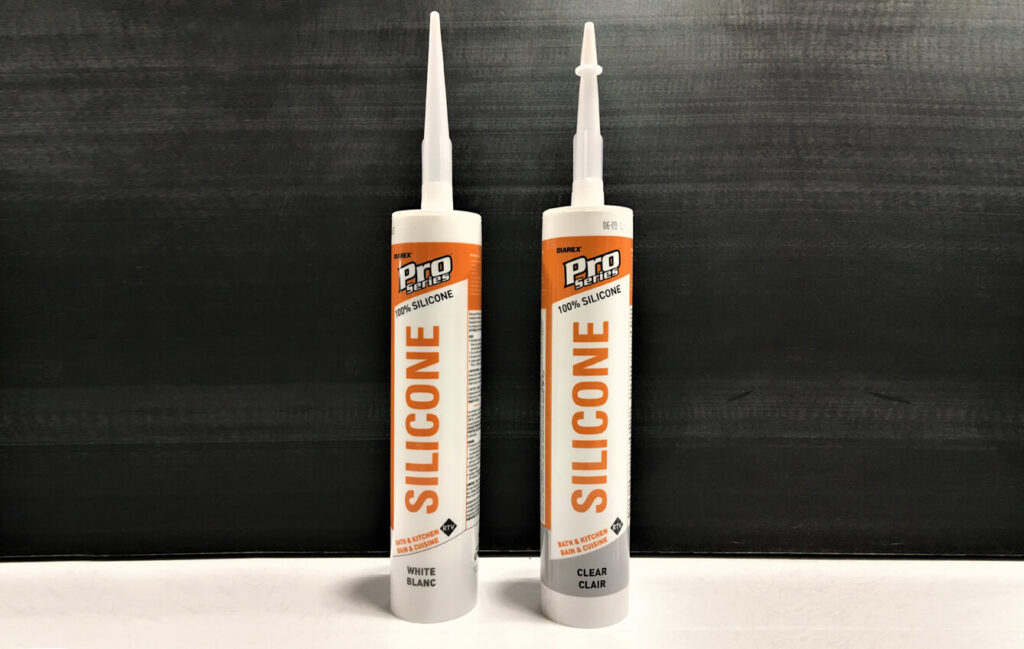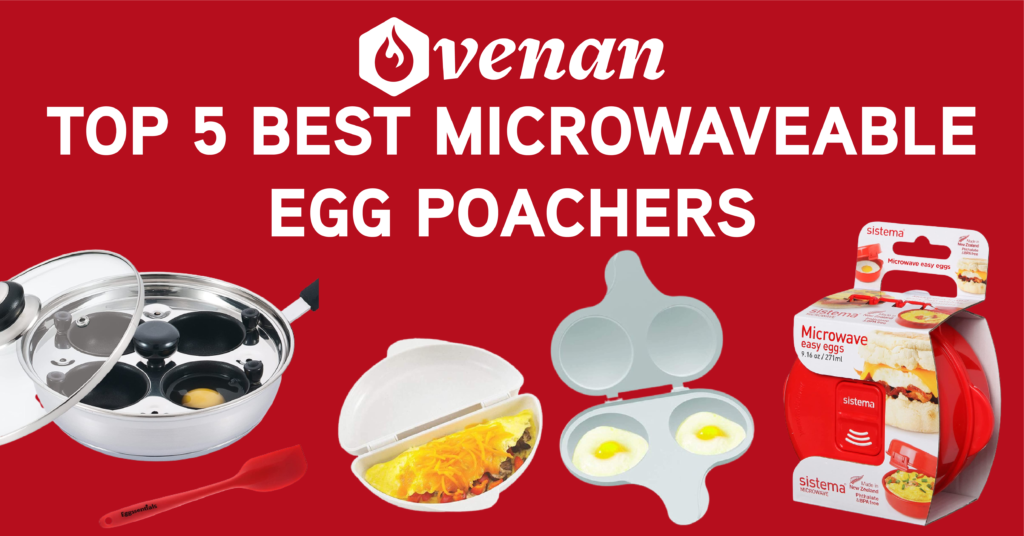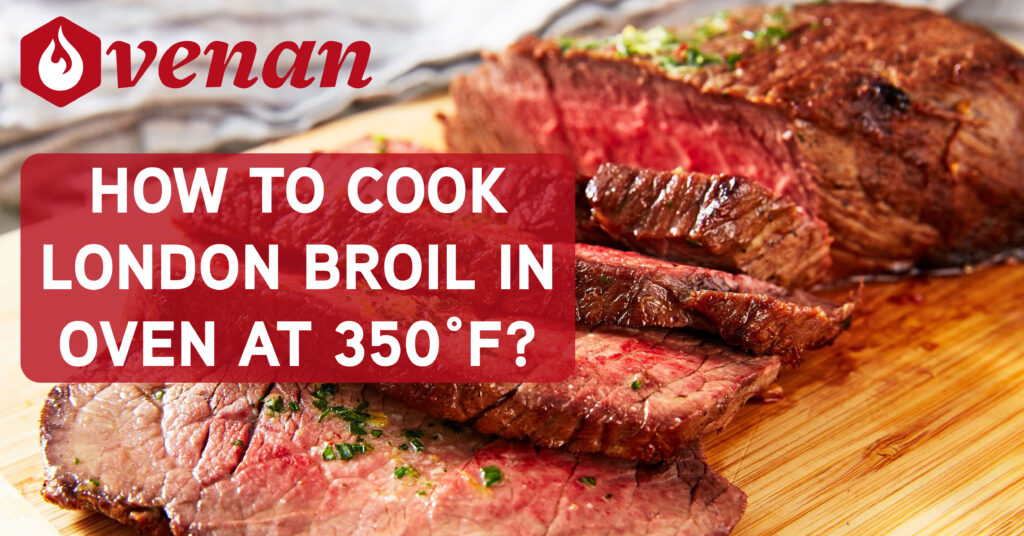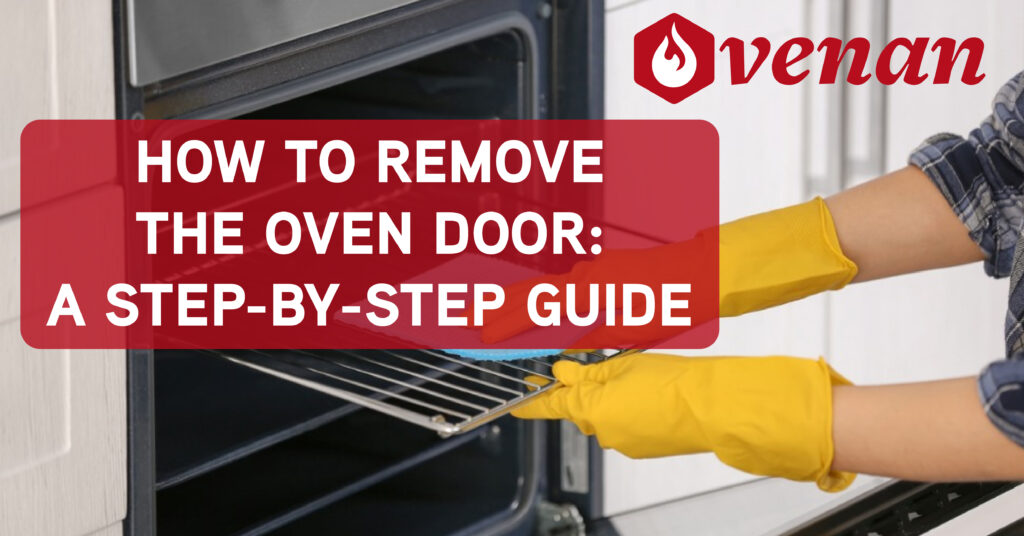Silicone has become a popular material for kitchenware in recent years. Its non-stick properties, heat resistance, and durability have made it a go-to material for baking sheets, moulds, and utensils. But a common question is can silicone go in the oven. This article will comprehensively answer this question and explore the different aspects of using silicone in the oven.
What Is Silicone?
Silicone is a synthetic polymer made from silica, a naturally occurring mineral? It is an excellent insulator, meaning it can withstand high temperatures without becoming damaged. Additionally, it is non-reactive, meaning it does not alter the food’s taste or quality.

Can Silicone Go In The Oven?
Yes, silicone is safe to use in the oven, it is specifically designed for high-heat baking applications. Most silicone bakeware has a temperature range of -40°F to 446°F, making it suitable for conventional and convection ovens.
Can Silicone Leach?
Silicone, in its pure form, is considered to be a non-toxic, safe and stable material that does not leach. It is widely used in a variety of products, including kitchen utensils, bakeware, and medical devices, because of its chemical stability and resistance to heat, cold, and chemicals. However, it is important to note that some silicone products may contain fillers or other additives that can potentially leach into food or liquids. Additionally, some manufacturers may not follow best practices for producing food-grade silicone products, leading to the presence of contaminants.
To ensure that your silicone products are safe for use, it is recommended to purchase products from reputable brands that adhere to industry standards, such as FDA or European Union (EU) food-grade standards. Additionally, it is best to avoid using silicone products that are damaged or have been exposed to high temperatures or harsh chemicals, as these factors can weaken the material and potentially cause it to break down over time.
What Are Some Alternatives To Silicone?
Several alternatives to silicone can be used for various applications, including:
- Rubber: Natural and synthetic rubber are commonly used in a variety of applications, including seals, gaskets, and electrical insulation.
- Neoprene: This synthetic rubber is known for its good heat and chemical resistance, making it suitable for use in industrial and automotive applications.
- EPDM (ethylene propylene diene monomer): This synthetic rubber is often used in weather stripping, roofing, and electrical insulation.
- Viton: This synthetic Fluor elastomer is known for its high-temperature resistance, chemical resistance, and durability, making it suitable for use in harsh environments.
- Polyurethane (PU): This synthetic polymer is used in a wide range of applications, including flexible foam for cushions, solid plastic for mechanical parts, and coatings for floors and walls.
- Polyethene (PE): This thermoplastic is widely used for packaging, containers, and plastic bags due to its low cost and ease of processing.
- Polypropylene (PP): This thermoplastic is commonly used for containers, laboratory equipment, and automotive parts due to its resistance to heat and chemicals.
- Polyvinyl chloride (PVC): This thermoplastic is commonly used for pipes, flooring, and electrical insulation due to its low cost and ease of processing.
The best alternative to silicone will depend on the specific requirements of the application, such as the temperature and chemical resistance needed, and whether a flexible or rigid material is desired.
Is Silicone Cookware Safe?
Silicone cookware is generally considered safe for cooking and baking, as long as it is made of high-quality, food-grade silicone that has been tested and meets industry standards, such as FDA or European Union (EU) food-grade standards. Silicone has several benefits as a cooking material, including being non-reactive with food, non-stick, and heat-resistant. However, it is important to note that some lower-quality silicone cookware may contain fillers or other additives that can potentially leach into food, especially when exposed to high temperatures. Additionally, some manufacturers may not follow best practices for producing food-grade silicone products, leading to the presence of contaminants.
To ensure that your silicone cookware is safe for use, it is recommended to purchase products from reputable brands that adhere to industry standards and to avoid using silicone cookware that is damaged or has been exposed to high temperatures or harsh chemicals, as these factors can weaken the material and potentially cause it to break down over time. Additionally, it is a good idea to use silicone cookware in combination with other types of cookware, such as stainless steel or cast iron, to ensure that your food is cooked evenly and thoroughly the product.
What Are The Benefits Of Using Silicone In The Oven?
Non-Stick Surface: The non-stick surface of silicone bakeware makes removing food easy without sticking to the pan. This eliminates the need for added oils or sprays, making it a healthier option for baking.
Flexibility: Silicone bakeware is flexible, making it easy to bend and remove food from the pan. This also makes it easy to store, as it can be folded and stored in a small space.
Durability: Silicone is a durable material that can withstand high temperatures without damage. It is also dishwasher safe, making it easy to clean.
Even Cooking: Silicone is an excellent heat conductor, meaning it distributes heat evenly, resulting in a well-cooked meal.
What Are The Precautions To Take When Using Silicone In The Oven?
- Avoid Direct Heat: While silicone can withstand high temperatures, it is best to avoid direct heat sources, such as broiler elements or open flames.
- Use Parchment Paper: To prevent food from sticking to the silicone, it is best to use parchment paper or a silicone baking mat.
- Avoid Sharp Objects: Silicone is a soft material, so it is best to avoid using sharp objects, such as metal utensils, on it.
- Check Temperature Limits: Each silicone product may have different temperature limits, so it is important to check the manufacturer’s guidelines before using it in the oven.
FAQ’s
Can silicone be used for cooking at high temperatures?
Yes, silicone can be used for cooking at high temperatures. Most silicone bakeware has a temperature range of -40°F to 446°F, making it suitable for conventional and convection ovens.
Is silicone safe to use in the oven?
Yes, silicone is safe to use in the oven. It is non-reactive, meaning it does not alter the food’s taste or quality.
Can food stick to silicone in the oven?
No, food does not stick to silicone in the oven, thanks to its non-stick surface. However, using parchment paper or a silicone baking mat is recommended to prevent food from sticking.
Can silicone bakeware be used for all types of baking?
Yes, silicone bakeware can be used for all types including baking cakes, cookies, bread, and more.
Isa silicone bakeware dishwasher safe?
Yes, silicone bakeware is dishwasher-safe, making it easy to clean.
Can silicone bakeware be used for baking savoury dishes?
Yes, silicone bakeware can be used for baking savoury dishes, such as roasted vegetables or meat dishes.
Can silicone bakeware be used in a microwave oven?
Yes, some silicone bakeware is suitable for use in a microwave oven, but it is important to check the manufacturer’s guidelines before using it.
Conclusion
In conclusion, silicone is a safe and versatile material that can be used in the oven. Its non-stick surface, flexibility, and durability make it an excellent choice for baking. However, it is important to take precautions, such as avoiding direct heat, using parchment paper, and checking temperature limits, to ensure that it is used properly. Whether you are a seasoned baker or just starting, silicone is a great option for all your baking needs.



